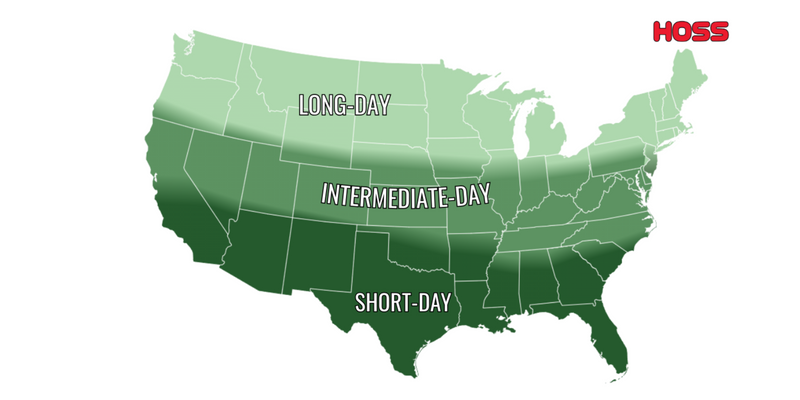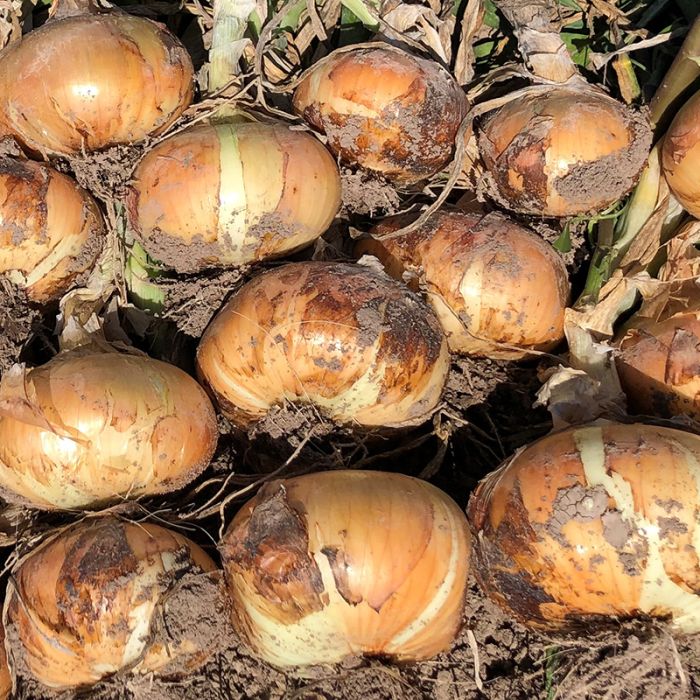Onions are one of the most versatile and rewarding crops for home gardeners. With the right variety and planting time, you can enjoy sweet, mild, or pungent onions fresh from the garden. Success with onions depends heavily on day length, soil fertility, and timing. We will cover all of that in this growing guide.
Quick Overview
| Category | Details |
|---|---|
| Planting Time | Short-day (South): late fall–early spring • Intermediate (Mid): late winter–early spring • Long-day (North): early spring |
| Soil Temperature | 50–75°F |
| Sunlight Requirements | Full Sun (10+ hours) |
| Watering Requirements | 1.5" per week |
| Spacing (In-Ground) | Rows: 24–36", Plants: 6-12" |
| Spacing (Raised Bed) | 6-8" apart |
| Fertilizer Guidelines | Heavy feeder—pre-plant balanced fertilizer/compost; side-dress N every 2–3 weeks until bulbing starts, then stop |
Growing Guide Details
Plant Classifications
What Variety to Choose?
When to Plant
Light & Space Requirements

Soil & Fertility
Pest & Disease Control
| Pest/Disease | Control Method |
|---|---|
| Aphids | |
| Thrips | |
| Onion Maggot | |
| Downey Mildew | |
| Blight Purple Blotch | |
| Botrytis Leaf |
Irrigation & Watering Schedule

Harvesting & Storage
Sustainability & Garden Tips
FAQs
What’s the difference between short-day, intermediate, and long-day onions?
It refers to how many hours of daylight the variety needs to start forming bulbs. Growing the wrong type for your region will result in poor harvests.
Why are my onions not forming bulbs?
Most likely the wrong day-length variety was planted for your region, or they were planted at the wrong time.
How do I know when onions are ready to harvest?
When about half the tops fall over naturally, the bulbs are mature and ready for curing.
Can I grow onions in containers?
Yes, as long as the container is at least 10–12 inches deep and provides plenty of drainage.
How do I store onions after harvest?
Cure them until papery skins form, then store in mesh bags or crates in a cool, dry, ventilated place.
Published on June 07, 2023
Updated on September 04, 2025



